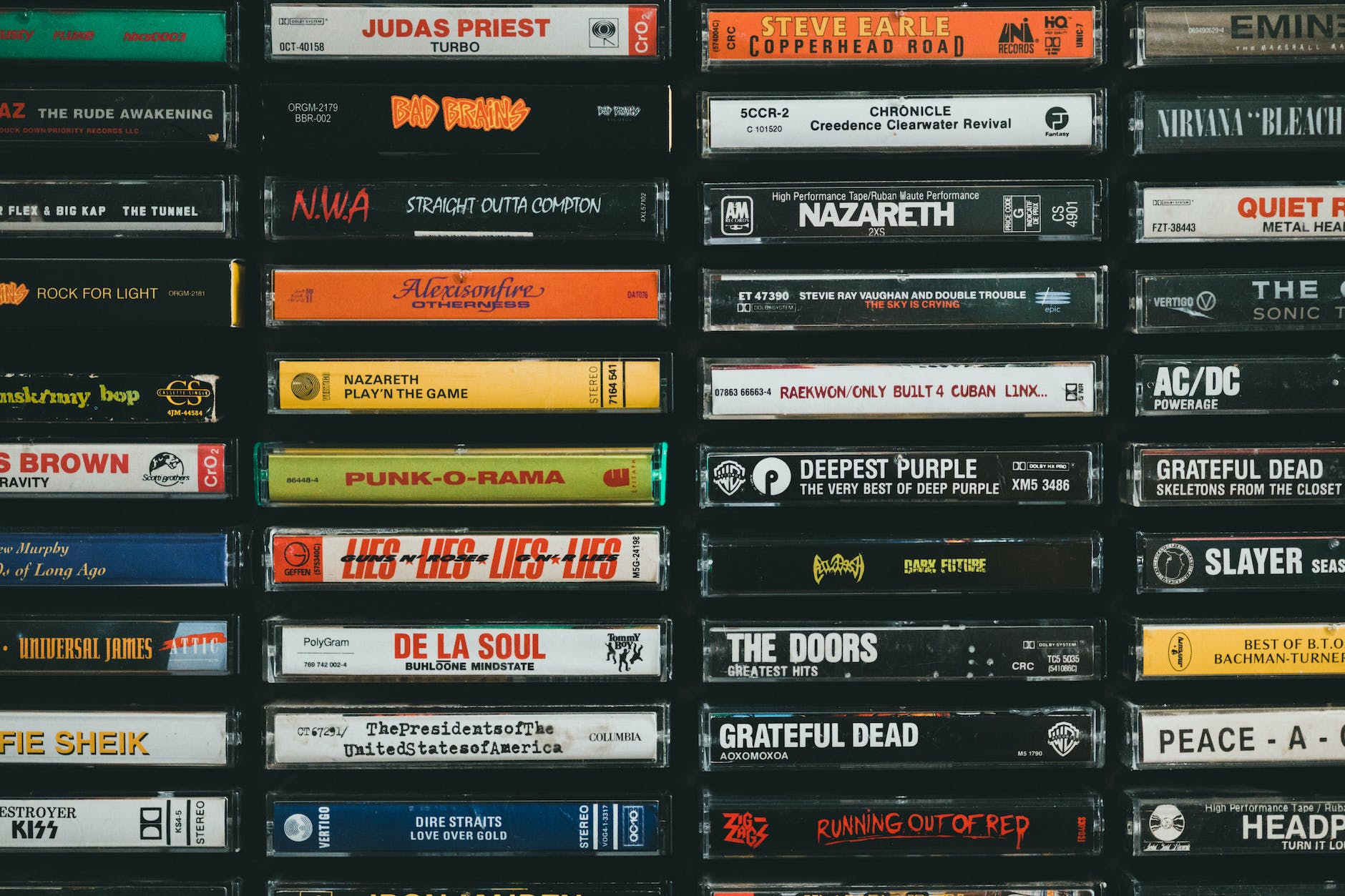Music, by nature, is an evocative form of art. Its ability to electrify passion, stir emotion, and provoke thought is undeniable. Psychedelia, complementary in its mysterious charm, has had an equally reverberating effect throughout history. Both invoke mesmerizing mind-altering effects in their unique ways, introducing us to alternate dimensions of perception. The symbiotic relationship between music and psychedelics is a fascinating area to delve into.
A personal encounter with both music and psychedelics is fundamentally subjective, making the experience deeply personal and transformative. When intertwined, they construct intriguing soundscapes, inducing a profound sense of introspection and awareness.
The interaction between music and psychedelics can be traced back to indigenous and ancient cultures. Primitive societies have used psychedelics for religious and medicinal purposes, often integrating music into the rituals. These experiences were perceived as methods to not just connect with spirit realm but also foster communal bonds and shared understanding.
The psychedelia movement of the 1960s brought the synergy of music and psychedelics into the limelight. Bands like The Grateful Dead, Pink Floyd, and The Doors started creating music that resonated with the tripping mind, hence initiating a whole new genre of psychedelic rock.
Fast forward to today, modern research is exploring the use of psychedelics for treating conditions like anxiety, depression, and PTSD. Studies have found that music can intensify the therapeutic effects of psychedelics. A prominent element of these guided psychedelic therapies includes listening to specific types of music during the session, which is believed to evoke powerful emotions that assist in facing suppressed feelings or traumas.
Psychedelics, such as LSD and psilocybin, have been known to lead to synesthesia, a condition where senses merge. Listeners may “see” music or “feel” sounds, consequently turning the experience into a full sensory spectacle. This merging of the senses can result in auditory hallucinations, wherein sounds are perceived without any external sonic source.
For those journeying into the psychedelic realm, it’s safe to say that music plays an integral role in shaping the experience. When under the influence of substances like LSD or psilocybin, our brains become more receptive to music. The emotional intensity of music is amplified, the perception of time within songs can distort, and individual sounds can take on otherworldly qualities. This altered state of consciousness, achieved through the combination of music and psychedelics, can open doorways to unique insights and self-awareness.
Indeed, it seems that the relationship between music and these substances goes beyond a simple mutuality. While psychedelics may enhance the musical experience, music can similarly shape the psychotropic trip, possibly guiding the journey, whether in a spiritual or therapeutic context.
When selecting music to accompany a trip, many experts recommend sticking to instrumental pieces, as lyrics can be distracting and potentially manipulate the mental journey. Using songs that the individual finds comforting and familiar can also be beneficial, providing anchors to reality.
Above all else, it’s important to remember that everyone reacts differently to both music and psychedelics. What might be a deep, meaningful experience for one person could prove overwhelming or uncomfortable for another. It’s essential to consider personal taste, mental state, and comfort level when exploring this harmonious relationship.
In conclusion, the multifaceted relationship between music and psychedelics offers an engaging dive into an ocean of human perception and consciousness. As neuroscientific research progresses, we are beginning to unravel their intricate relationship—the interplay of rhythm, harmony, brain chemistry, emotion, and heightened awareness. For now, the dance between music and psychedelics continues, illuminating new soundscapes for those willing to explore.
Sources:
– Sanchez, Miriam. “Ancient use of psychedelics and the future of mental health.” Ancient Origins, Dec 2017. Web. 4 Oct 2021.
– Kaelen, Mendel, et al. “Music Increases Pain Threshold and Reduces Perceived Pain Intensity in a Resampled Psychedelic Spectroscopic Imaging Dataset.” Journal of Psychopharmacology, 2018. Web. 4 Oct 2021.
– Kraehenmann, Rainer, et al. “Dreamlike Effects of LSD on Waking Imagery in Humans Depend on Serotonin 2A Receptor Activation.” Psychopharmacology, 2017. Web. 4 Oct 2021.




